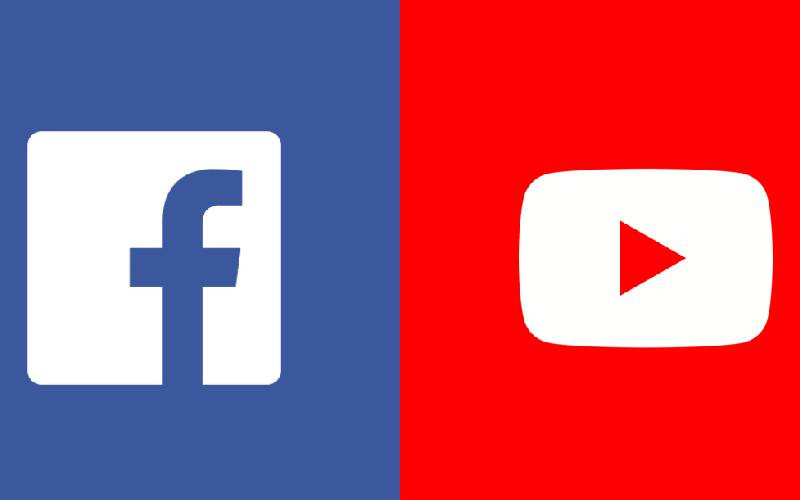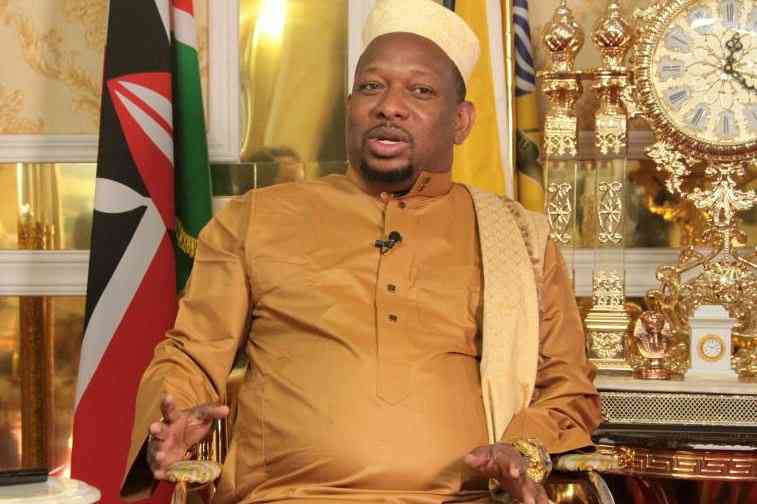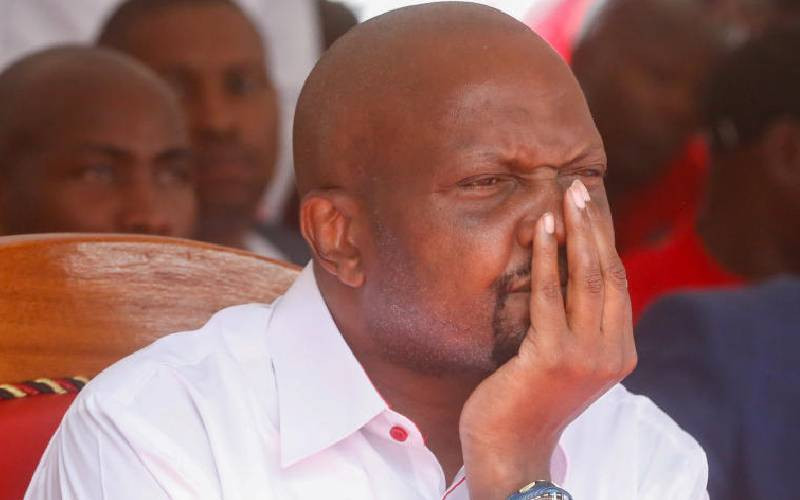
When you open a channel on YouTube, you naturally aim to be a success. It is after all as much a business as it is a hobby. In mid November, YouTube hosted Nigerian YouTuber, Dimma Umeh, a fashion and lifestyle vlogger alongside Kenyan content creators in a panel discussion to educate creators on tactics of monetizing and growing a business on YouTube.
Her videos have garnered over 12 million views. She offered tips and strategies to optimise your YouTube video content at every stage of the video production process.
The why
Fun, real and helpful is how Dimma describes her channel of over 300,000 subscribers. Dimma Umeh started out as a blogger before going on to YouTube.
She would do makeup looks and post photos on her blog, listing the products used. It quickly gained traction and people would comment asking for video tutorials on the same.
That is how she did her first video despite being very shy. “The first time I realised YouTube was something was in 2013. My eyebrow tutorial video had gone viral and at the time I did not know even one YouTuber in Nigeria.
“It ended up on the trending page and I was sent an email invite to YouTube offices to have a chat. They gave me direction on how to avoid copyright strikes and make YouTube a business. It took me a while to accept that I deserved to be paid for my hard work.”
“If I was not a YouTuber I would probably be teaching history. You see, Nigeria had a war and you cannot cover history without covering war. So the government for years made a conscious effort to leave it out so there is a whole generation of people ignorant of (this).”
The start
Dimma started doing YouTube during her youth service year (a compulsory year of service in Nigeria after university) and had a lot of free time, which she used to do videos.
“My parents wanted me to do accounts. I took a gap year to decide what to do. My subscriber count was growing gradually and brands were reaching out and by the time I was ready to join school I wanted to do something that will back up my passion.” In Nigeria, getting a second degree is a no-brainer.
“One degree just isn’t enough so I joined entrepreneurship and innovation. In my thesis, a lot of people were looking at how to incorporate social media into an already existing business model but for me I wanted to create a business idea solely based on YouTube.”
Her case studies were on Nigerian blogger Linda Ikeji, the Chapman Sisters who own Pixiwoo channel and English Youtuber Zoella who had about 4 million subscribers.
“The insights I got from these were phenomenal. I was not aware how much I could cash out like these people did. I learnt that your audience is actually customers in waiting.”
Stay informed. Subscribe to our newsletter
The process
“I have two cameras; a handy vlogging camera the Sony a6400 and my Canon 5D Mark IV that I use for my chitchat videos. My videos all start with an idea, which I write down as potential titles.
“Next, I think about my thumbnail. I never want it to be an afterthought so I think about it throughout the video. Then I write out the talking points before filming.
“On average, filming takes about one to two hours after which I edit for six - seven hours for a short 10 minute video. I started out with one camera, the T3i/600D and edited using iMovie, which is the free software you get with a Mac.
“As I went on, I upgraded to Final Cut Pro. My ideas are usually inspired by other creators. Social conversations on Instagram and Twitter also encourage me to make videos around it. Sometimes if a lot of creators are following a certain trend, I hop on to it and test if my viewers enjoy it.”
Dimma’s tips on growing a YouTube Channel
Collaborations
Every workshop you will hear that collaborations are important. It is not only a way for small YouTubers to grow their channels but also a way to expose yourself to new audiences. Zoella for example had a huge following but she would collaborate with friends who had smaller channels. This grew her subscribers.
Study the algorithm
The algorithm is constantly changing and you should study it as much as you can. Every year on YouTube you will find videos on how to grow on the platform in that said year and you have to watch these videos and take notes. What works in one year might not work in the next.
When I came back from UK I went back to doing my usual videos but they were not doing as great. I had about 70,000 subscribers but I would get only 3,000 views. By studying the analytics I fixed the problem.
At the time titles would be simply ‘Blue smokey eye with red lip’ but I figured that even that had changed. Call to action like thumbnails, titles and tags are also important.
You watch a video and it has lots of view but the content is not that great. That’s because of the call to action. Don’t spend all the time on quality and colour grading and forget the title.
Money
Creators often shy away from talking about money when it is their life’s work. Lifestyle content has opened me up to working with people from all industries.
Consider diversifying and tweaking your content with monetisation in mind so that you can create organic content that also makes money.
Consistency and Value addition
Being consistent is key. If you are aiming for rapid growth, you shouldn’t post less than twice a week. But don’t just create content, speak for something.
My channel has been predominantly focused on ladies but with the vlogs I am able to tie in the male audience and create more exposure. There’s no harm in trying and even if there is no engagement, you will be able to fine tune the content.
You can get carried away emotionally and get heartbroken about the views. So it is helpful to visit your analytics often.
 The Standard Group Plc is a
multi-media organization with investments in media platforms spanning newspaper
print operations, television, radio broadcasting, digital and online services. The
Standard Group is recognized as a leading multi-media house in Kenya with a key
influence in matters of national and international interest.
The Standard Group Plc is a
multi-media organization with investments in media platforms spanning newspaper
print operations, television, radio broadcasting, digital and online services. The
Standard Group is recognized as a leading multi-media house in Kenya with a key
influence in matters of national and international interest.
 The Standard Group Plc is a
multi-media organization with investments in media platforms spanning newspaper
print operations, television, radio broadcasting, digital and online services. The
Standard Group is recognized as a leading multi-media house in Kenya with a key
influence in matters of national and international interest.
The Standard Group Plc is a
multi-media organization with investments in media platforms spanning newspaper
print operations, television, radio broadcasting, digital and online services. The
Standard Group is recognized as a leading multi-media house in Kenya with a key
influence in matters of national and international interest.








